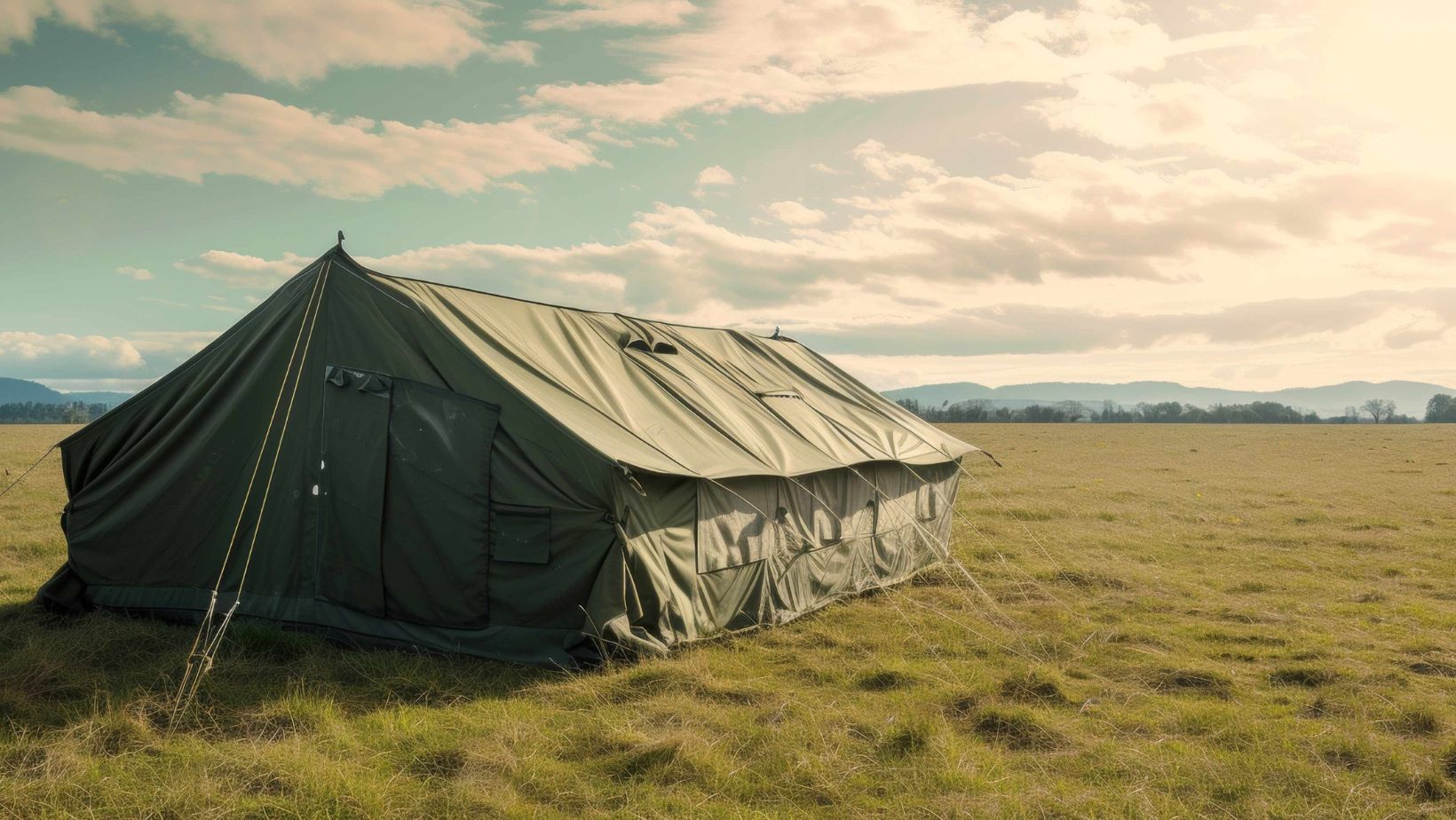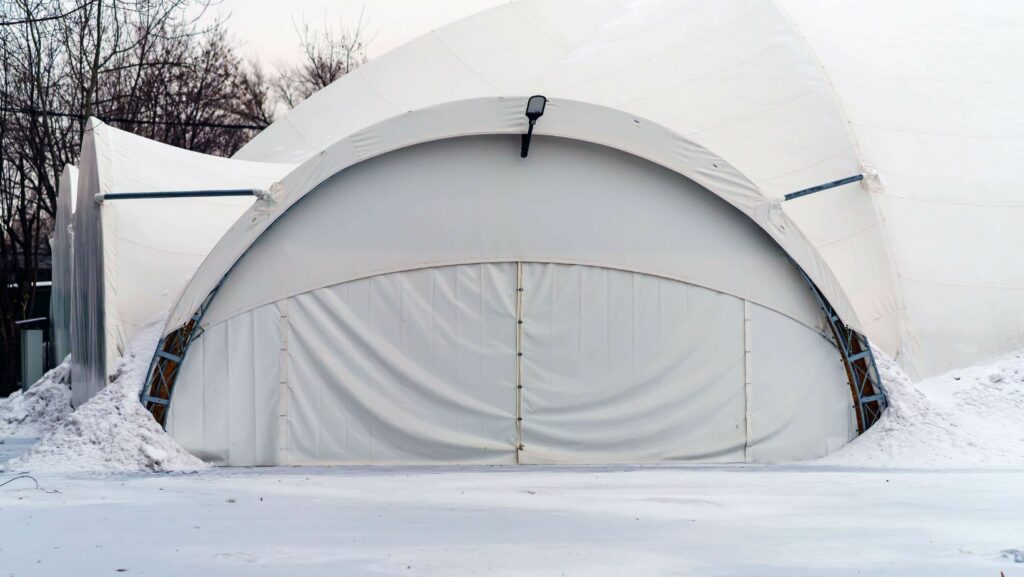Radar shelters are crucial for protecting sensitive equipment from the elements and ensuring uninterrupted operations. However, these structures can face a range of challenges, including harsh weather conditions, environmental factors, and the passage of time. The longevity and durability of a radar shelter are paramount to its effectiveness. Neglecting maintenance or using subpar materials can lead to costly repairs, downtime, and compromised performance. This article provides practical tips to help you extend the lifespan of your radar shelter. It covers everything from selecting the right materials to implementing regular maintenance and adapting to changing environmental conditions. By following these guidelines, you can ensure that your radar shelter remains a reliable and valuable asset for many years.
What Is a Radar Shelter?
A radar shelter is a specialized structure designed to protect radar equipment from the elements and other environmental factors. These shelters are typically constructed using durable materials like steel, aluminum, or fiberglass, and they often include features such as ventilation systems, insulation, and waterproofing. The development of radar shelters closely parallels the evolution of radar technology itself. As radar systems became more sophisticated and essential for various applications, the need for protective structures became increasingly apparent. During World War II, military forces began constructing shelters to house their radar equipment, protecting it from enemy attacks and adverse weather conditions. Today, radar shelters remain an essential component of many critical infrastructure systems. They continue to play a vital role in protecting sensitive radar equipment and ensuring the reliability of services that depend on this technology. Explore some practical tips for ensuring their longevity and durability.Select the Right Materials
Once you’ve determined the scope of your project and gathered the necessary tools, it’s time to choose the appropriate materials. The right materials can significantly impact the success, durability, and appearance of your radar shelter. Here are some key factors to consider:Project Requirements
When selecting materials for your radar shelter, consider its specific needs. Will the materials need to be sturdy and durable to withstand harsh weather conditions and heavy equipment? Do they need to be flexible to accommodate changes in the environment or to allow for easy installation? Or perhaps they need to have specific properties like insulation or water resistance to protect sensitive equipment?Material Properties
The materials you choose should be strong enough to support the weight and stresses of your radar shelter. Durability is also crucial to ensure the structure can withstand wear and tear and environmental factors like extreme weather and chemical exposure. Cost is another important consideration.
Local Building Code
Ensure that the materials you select comply with local building codes and regulations. These may vary depending on your location. If you’re unsure about material selection, consult with professionals like architects, engineers, or contractors. They can provide expert guidance based on your project’s specific needs.Design for Durability
A well-designed radar shelter is not only functional but also durable. Here are some design considerations to ensure your shelter can withstand the test of time:Structural Integrity
A durable radar shelter requires a solid foundation to ensure stability, especially in regions prone to earthquakes or flooding. Reinforced concrete or pilings can provide a secure base. The framing should be constructed with strong and durable materials like steel or treated wood, with proper bracing and support to prevent structural failure. The roofing should be able to withstand harsh weather conditions, such as heavy rainfall, snow, and high winds. Metal roofing or reinforced concrete slabs are suitable options. The walls should be built with materials that provide insulation, protection from the elements, and structural integrity. Concrete blocks, insulated metal panels, or engineered wood panels are viable choices.Environmental Factors
Implement measures such as waterproofing sealants, ventilation systems, and pest control to protect against moisture, temperature extremes, and pests. If using metal components, apply protective coatings or treatments to prevent corrosion, especially in coastal areas or environments with high humidity.Accessibility and Maintenance
Design the shelter with easy access for maintenance and repairs, including factors like door size, interior layout, and the ability to accommodate equipment. Incorporate features that facilitate routine maintenance, such as easy-to-clean surfaces and accessible components
Implement Regular Maintenance
Conduct routine inspections to identify and address any potential issues early on. Develop a maintenance schedule that includes tasks like cleaning, painting, and replacing worn-out components. By following a consistent maintenance routine, you can prevent minor problems from escalating into major repairs and extend the lifespan of your shelter.Upgrade and Retrofit As Needed
Over time, your radar shelter may require upgrades or retrofits to accommodate changes in technology, regulations, or operational needs. These modifications can help ensure that your shelter remains functional and effective. Consider the following factors when planning upgrades or retrofits:- Technological advancements: Stay updated on new radar technologies and consider upgrading your equipment to improve performance and efficiency.
- Regulatory changes: Ensure that your shelter complies with current building codes and regulations. This may involve modifications to the structure or equipment.
- Operational needs: If your operational requirements change, evaluate whether your shelter can accommodate these changes. This may necessitate upgrades or retrofits to the interior layout or infrastructure.

